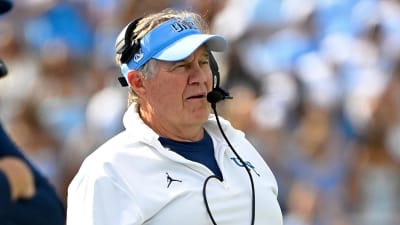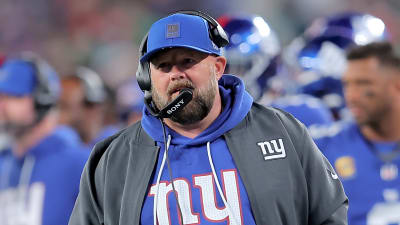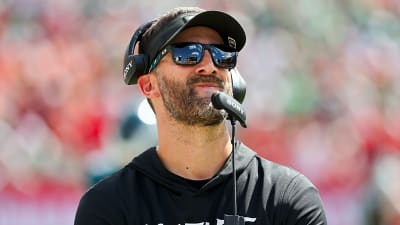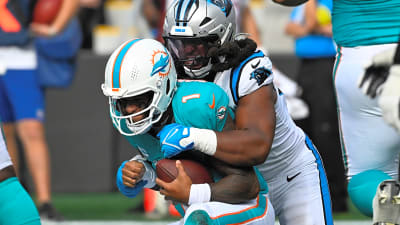
Backcountry skiing doesn't always have to be a long walk on skins—some of the best backcountry skiing around is accessed by resort gates. Before I talk about what resorts have this amazing access, I want to make a couple of important points about the entire topic.
First things first: there's no such thing as side country. If you're skiing outside the boundary of a resort, even if you rode a lift to get there, you're in the backcountry. That means that ski patrol is usually not performing avalanche mitigation work, nor is it necessarily their responsibility to rescue you from these areas if there's an accident. Second, to reiterate, that means you're in the backcountry, which means you need a beacon, probe, shovel, and an understanding of the avalanche forecast and snowpack.
The amount of times I've been skiing or filming in the Jackson Hole backcountry and seen people without backpacks makes my head spin. If you're super worried about the inconvenience of riding with one, there are a bunch of brands these days that make a vest that has a backpack pocket in the back so you can put a probe, shovel, extra layer, snack, water, whatever, in it, and it doesn't feel like a full backpack. I wore a WhatVest just about every single day I skied Jackson Hole and never once regretted it, even if I didn't end up in the backcountry (because you can fit endless snacks in them too).
Lastly, there's not a ton of information about these backcountry zones on the internet, and for good reason. Any time you're traveling in the backcountry, being with someone who knows where they're going is a huge asset, but especially in lift-accessed backcountry where there are sometimes specific routes to get back inbounds. If you're skiing somewhere and see folks with backpacks go through a gate, please don't just follow them. Maps like OnX can be super helpful, but the knowledge of someone familiar with the terrain and snowpack is an irreplaceable asset.
And like the tram operators at Jackson Hole remind people on every ride, if you don't know, DON'T GO.
6. Alta Ski Area, UT
Alta is often known for having some of the best terrain and snow in the country, but it also has some pretty iconic lift-access backcountry. Little Cottonwood Canyon is full of goods that can be accessed via lifts and backcountry gates at Alta. Zones like Catherine's Pass, Grizzly Gulch, and Dry Fork are all zones off the back side or accessed from the terrain at Alta that will give you even more of the steep terrain and blower pow the Wasatch is known for.
5. Whistler Blackcomb, BC
As if the biggest resort in North America didn't have enough terrain already, Blackcomb mountain also has some incredible backcountry access. Notably, the Spearhead Traverse can be accessed via Blackcomb Mountain and links Whistler and Blackcomb peaks using a series of glaciers. The route weaves its way through 17 different peaks in the Spearhead and Fitzsimmons mountain ranges that make up the Whistler Blackcomb backcountry and offers near-endless terrain options outside the resort's boundaries.
4. Alpental, WA
The Summit at Snoqualmie's advanced mountain, Alpental, is perhaps known even more for its backcountry access than its inbounds terrain.
Located on Washington's Snoqualmie Pass, Alpental's lifts provide access to tons of great backcountry terrain. The resort installed a new lift this year, dubbed Internationale, that provides near direct access to some of the mountain's best backcountry zones, accessed through its gates.
More of Alpental's characteristic steep, cliffy terrain can be found in the Back Bowls, out of these gates.
3. Stevens Pass, WA
Stevens Pass' lift-accessed backcountry is infamous due in part to the massive avalanche that occurred in Tunnel Creek in 2012 and claimed the lives of three skiers.
The zone off the back of Stevens is called Cowboy Mountain, which features a series of steep, couloirs and tree skiing that funnel down into Tunnel Creek. While its infamy serves as a warning of the dangers of backcountry skiing as a whole, Cowboy Mountain has some of the best backcountry terrain in the Cascades.
2. Mt. Baker Ski Area, WA
Riding up any of the lifts at Mt. Baker on a clear day and seeing the amount of terrain would make any backcountry enthusiast's head spin.
Nestled just below Mt. Shuksan, Baker has miles of hike-to backcountry access from the top of its lifts that range from steep cliffs, couloirs, and pillow lines, to incredible alpine riding.
The Shuksan Arm is one of the more popular backcountry zones in the area due to its proximity to the top of Baker's Chair 8. But really, when we say the backcountry options from Mt. Baker are endless, we mean it. A quick look at a satellite image on an app like OnX Backcountry will have you planning your next trip to Bellingham.
1. Jackson Hole Mountain Resort, WY
It's true that this might be a biased pick for the top of the list, after all, I've actually skied a fair chunk of Jackson Hole's backcountry terrain, and can speak to how epic it is.
Jackson Hole's Aerial Tram provides some of the most amazing lift accessed backcountry skiing in the country, not to mention most of its other lifts do as well. Off looker's left of the resort boundary is Cody Peak, which is home to iconic lines like Pucker Face and Central Couloir.
Past Cody is No Name Peak, whose face alone is a great ski, not to mention lines like Once is Enough and Twice is Nice. Once below Cody or No Name, skiers can funnel into areas like Four Pines and Rock Springs and ski lines like Gothic Couloir. The Cody Peak side of the resort is home to Jackson's most expansive backcountry terrain, but off the other side of the resort, you'll find more than a dozen other backcountry lines if you know where to go.
Look closely at any TGR film in the last 10 years, and the odds are good you'll see more than a few of the iconic Jackson backcountry lines that skiers like Kai Jones, Corey Jackson, and Hadley Hammer were raised on.
More must-reads:
- Phillies reportedly make decision on manager Rob Thomson
- Steelers' Mike Tomlin has strong feelings about Browns trading Joe Flacco to Bengals
- The 'NFL 250-passing-yard game leaders' quiz
Breaking News
Trending News
Customize Your Newsletter
 +
+
Get the latest news and rumors, customized to your favorite sports and teams. Emailed daily. Always free!








